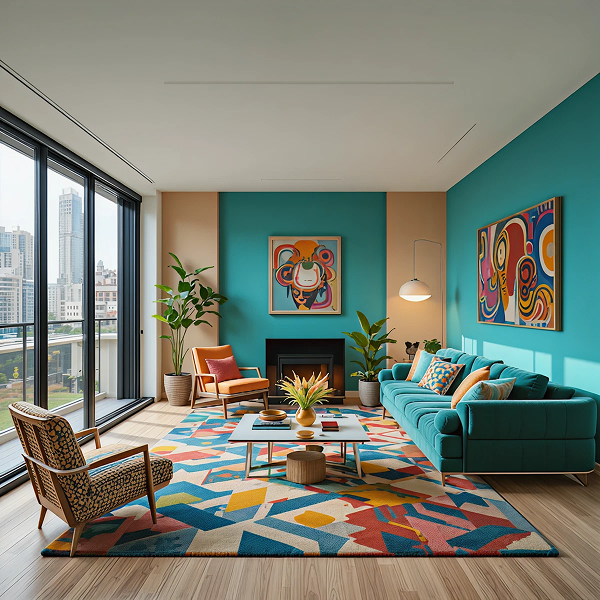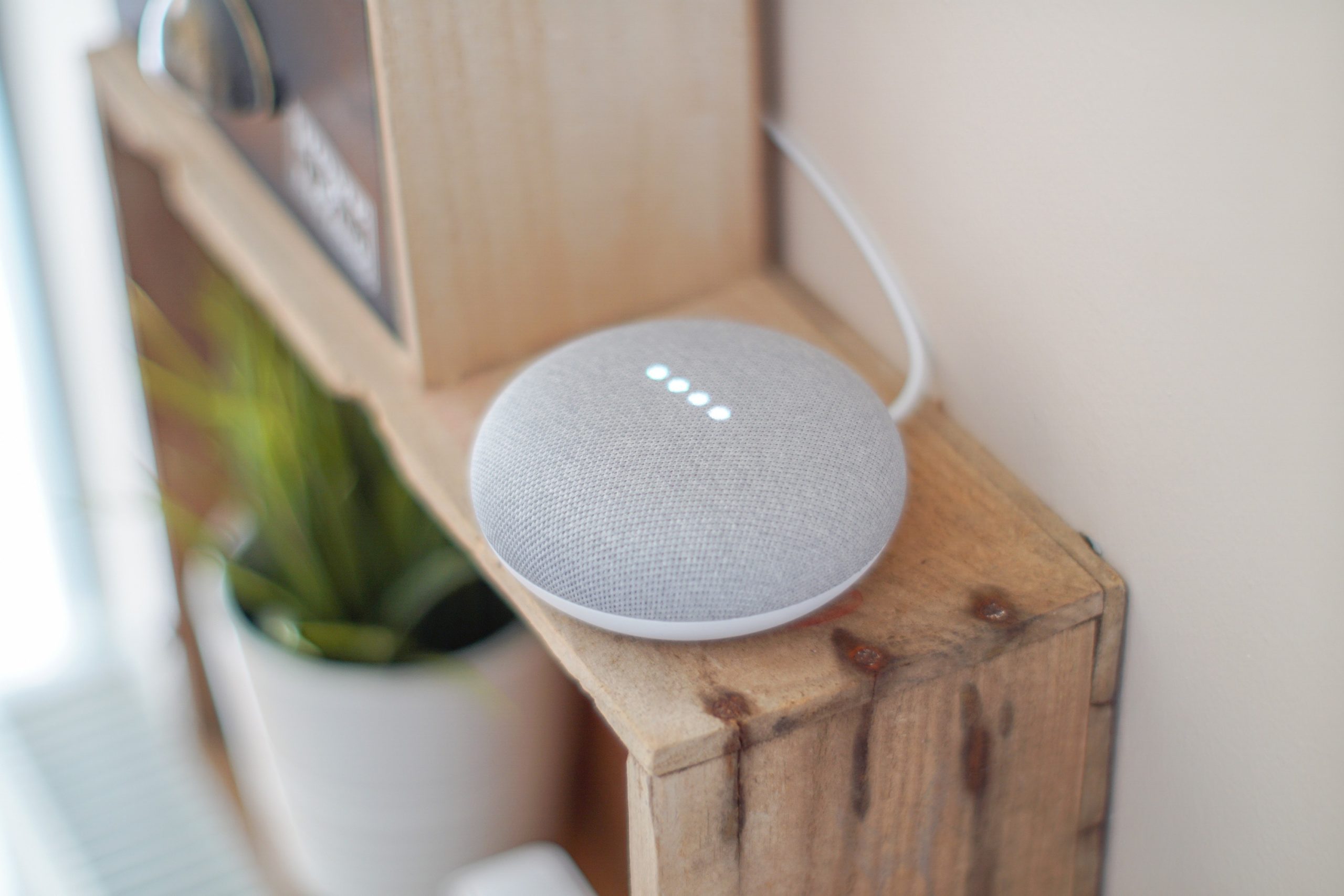How to Use Hanging Plants for Interior Design
Nothing can brighten up a home quite like a living thing. Hanging plants are a space-saving way to include some natural greenery in any room, and they can easily pair with any design style or room layout. Some interior decoration styles demand the presence of greenery to look complete – plants are key to many styles. Depending on the natural light, humidity, and function of each room, certain species will be a clearly better option.

What Styles Benefit from Hanging Plants
Hanging plants can add to the style of any home, but some interior design styles demand you host a variety of houseplants or at least add a pop of green.
Bohemian style is no stranger to earthy tones clashing with bright colors, natural materials, and lots and lots of indoor plants. Hanging plants will pair wonderfully with the rattan and natural fibers used in bohemian furniture and decor.
Closely related to bohemian style is an eclectic interior design. An eclectic design is hard to perfect, but some large drooping vines or floating terrariums can help cultivate a wild, bold interior design style.
The recent popularity of modern design may seem a strange match for indoor plants. The muted colors and simple geometric lines found in a modern home are beautiful but can come off clinical or too empty. Some elegant, organic additions can offset the stark blacks and whites of modern home design and show that life can thrive in that environment.
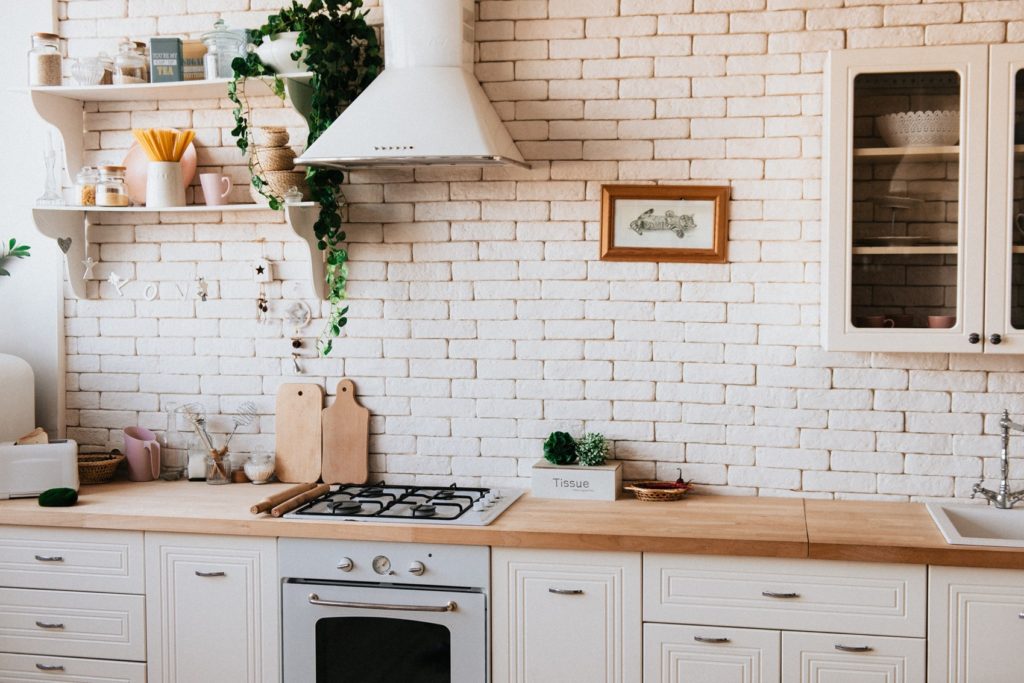
Tropical style interior design is an emerging trend that features lots of natural materials and plants. While tropical-style homes usually feature large-leaved jungle plants and small indoor trees, hanging plants are a perfect fit. Add some vines or exotic plants to your tropical-style home to experience one of the top interior design trends of 2021.
Houseplants are used around the world by people of all backgrounds and cultures. No matter your interior decorating style goals, there are plants available that will match your dream house without compromising your vision.
Personal Health Benefits of Houseplants
Hanging plants will improve your interior design and make your home more personable and inviting. And there are also clear benefits to having houseplants for the people that share the home with them.
Multiple scientific studies have found that houseplants and hanging plants can be therapeutic and a great boost to any occupant’s mental health. The presence of hanging plants can reduce stress, boost your productivity, and improve your concentration.
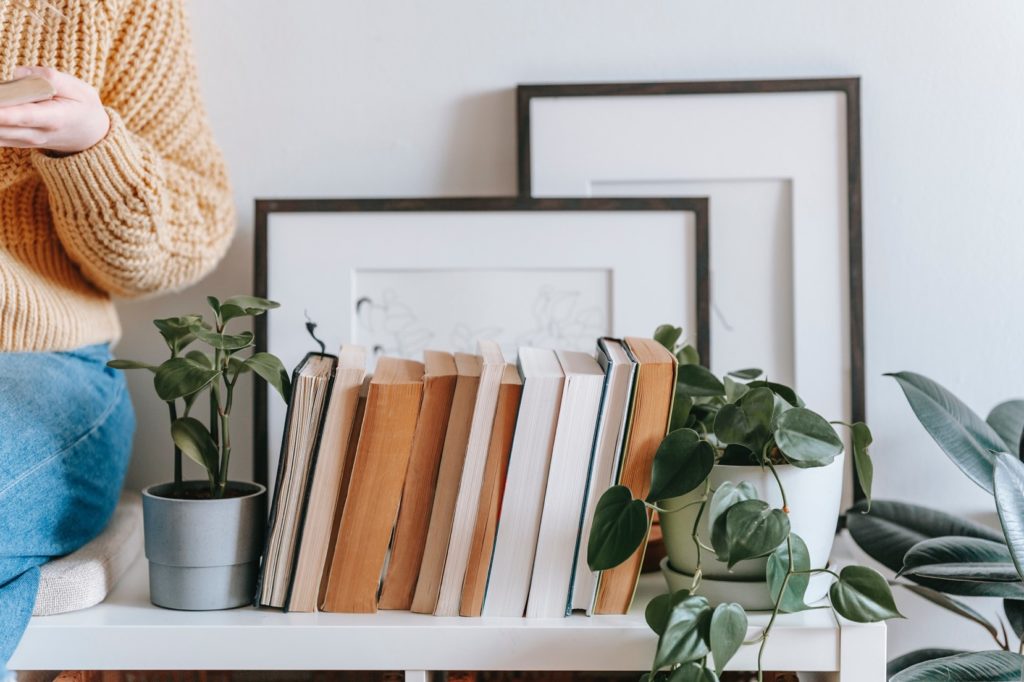
Houseplants also help purify the air inside your home. They can not replace a high-quality air filtration system, but a few hanging plants can assist the air that flows past them to be fresher and healthier.
What Species Make the Best Hanging Plants
Just like art, there will be a plant that fits your personal taste and home design requirements. But, there are plenty of wonderful starting points through popular plants that are prized for being beautiful and low-maintenance.
Think About Where Your Plants Will Hang
If you have a location in mind, you will need to think about the amount of light, humidity, and traffic it will get. Different plants will require shade, partial sun, or lots of direct sunlight to thrive. Rooms with more temperature fluctuation and humidity like a bathroom or kitchen will likewise be a better fit for plants that may dislike high, drafty ceilings and large windows.
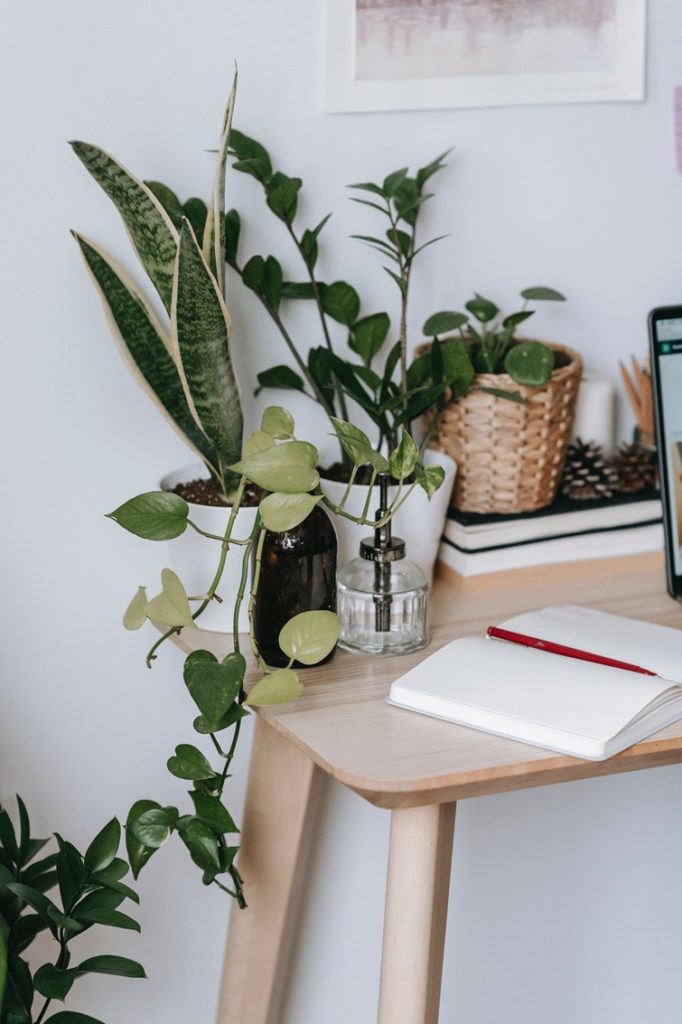
From an interior design style perspective, some plants fit better along walls or hanging from ceilings in a more open space. Many types of hanging plants are encouraged to spread their long vines upwards or hang down from their pot. But, there are many species that will impress your visitors with their compact and ornate foliage.
Extremely Low-Maintenance Hanging Plants
One of the most popular hanging plants in recent years is the air plant, and the most common species is called tillandsia. Air plants are epiphytes, meaning they do not need soil to live and grow. They will pull all of their nutrients from the air and an occasional misting or soaking.
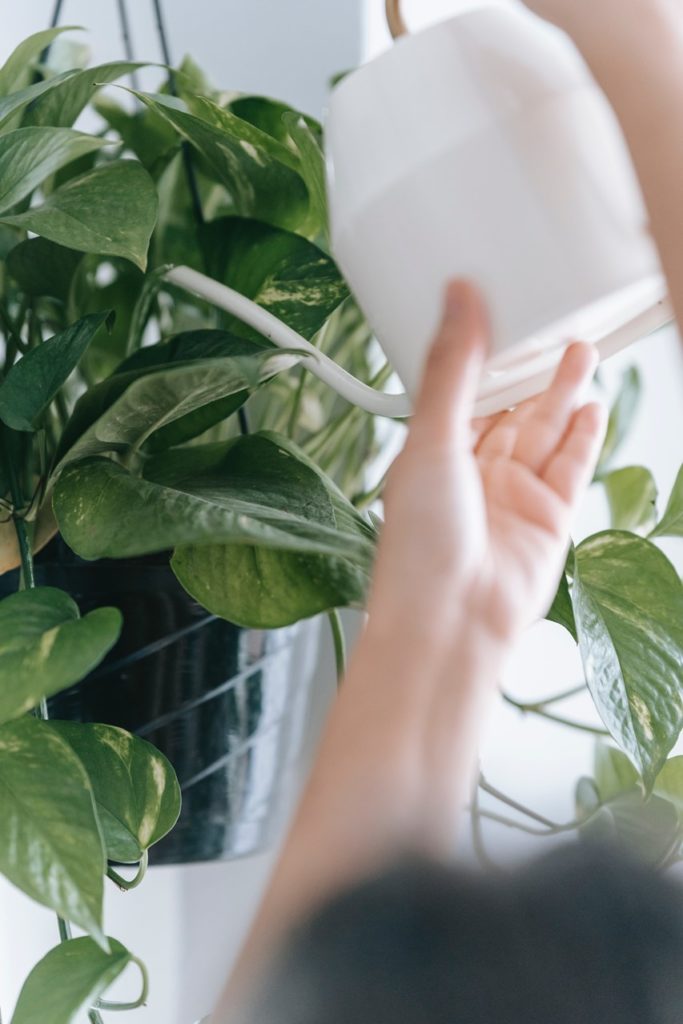
All of our recommendations in this guide are relatively easy to care for, but the spider plant is famous for being hard to kill. Spider plants are hardy and non-toxic to curious pets and children. They love to spread outward from their wide pots and produce “pups” which are the beginnings of new spider plants.
Elegant Ferns to Hang in a Home
From the upscale fern bars of the 1970s to front porches around the world, ferns have established their place as a classic indoor plant. The voluminous Boston fern is a gorgeous way to fill a large gap in a room layout with an explosion of vibrant green. The fair maidenhair fern is a more delicate fern, most at home in small hanging pots in humid locations.
Succulents for Dry Spots
If your house or condominium is not humid enough for ferns, some succulents from the deserts of the world can equally dazzle the eye and brighten your rooms. Succulents do not require much water or maintenance, but love full sun.
The sedum family, including burro’s tail, makes a wonderful hanging plant with its plump leaves and long branches. A more petit succulent is the string of pearls, which is an delicately beautiful as its namesake.
There are also many cacti that work well next to succulents, such as the mistletoe cactus and pencil cactus. Both of those species have thin, reaching growths that shine when suspended.
Hanging Plants with Long Vines
One of the most iconic types of hanging plants in pots is a vine. The organic, natrual spread of these species will draw the eye up, making rooms feel larger and more impressive.
Golden pothos is also known as the Devil’s Ivy, because it is near impossible to kill. This hardiness makes it a great choice for any home, but you do not need to sacrifice beauty. The gold and green leaves will spread quickly by the pothos’ vines.
Two other hardy and attractive vine plants are English ivy and philodendron. English ivy is an institution in classic and traditional styles of interior and exterior home decoration. And philodendron has huge, multi-coloured leaves that give a jungle feel to more funky styles.
Don’t Hold Back Your Style
By no means has this been an exhaustive list; you should work with a plant nursery or design specialist to seek out rarer or more striking hanging plants. For example, a pitcher plant can add a carnivorous touch to an aggressively styled room. Or, the whimsically named frizzle sizzle could add a swirling bit of fun to a child’s bedroom.

And of course, there are plenty of edible hanging plants, for a sustainable and snackable addition to windows and balconies, like strawberries or herbs. You can match your plants to your personal values, in addition to personal style.
How to Style Your New Hanging Plants
You may be surprised at the variety of ways to display houseplants. Gone are the days of a simple plastic pot with a built-in hook. Now for rustic or natural styles, you could use macrame jute ropes to hold your new plant pots. Or for a contained look, hang a terrarium or glass orbs from wire. You could even use the Japanese style of kokedama moss root balls to add to a zen or minimalist home.
People have placed plants into picture frames, on trellises, and even right onto exposed brick. You are only limited by your imagination. So start planning out your ideal style of houseplants today, for a stunning effect in your interior design.
If you would like an expert to match hanging plants to the flow and design style of your home, reach out to the staff at Design Qandy. And if you have specific hanging plant installations in mind, Design Qandy can connect you with the right architects, builders, and plant suppliers to make your dream a reality.


